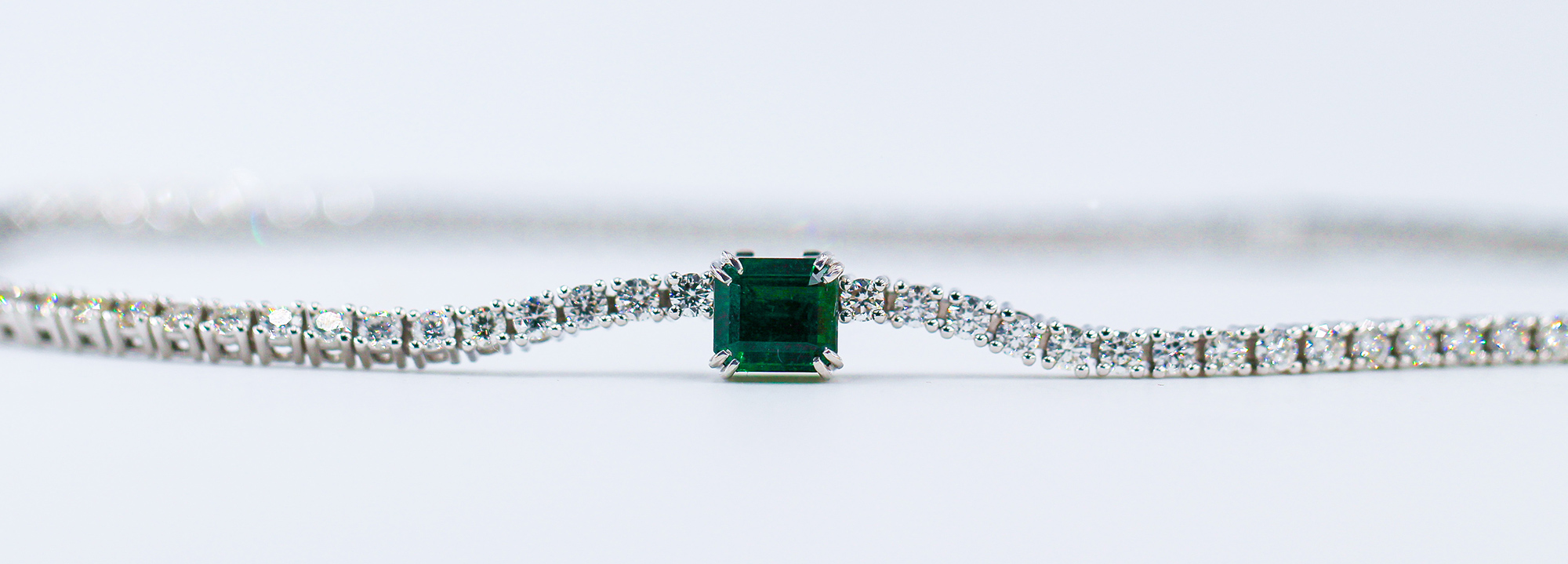
The Alluring Beauty of Zambian Emeralds: 10 Fascinating Facts
Emeralds have been prized for centuries for their mesmerizing green hue, and Colombian emeralds have long been considered the most coveted. However, in recent years, Zambian emeralds have gained popularity among collectors and enthusiasts alike. Here are 10 fascinating facts you may not know about Zambian emeralds!
Zambian emeralds were formed more than 500 million years ago by a rare combination of minerals and heat deep within the Earth’s crust. This makes them much older than other emeralds from different regions. Experts have known about emerald deposits in Zambia since the 1920s, but commercial mining only began in the 1970s, coinciding with advances in exploration and mining technology.
Zambia’s vast emerald deposits have made waves in the gemstone industry, propelling it to become one of the world’s most valuable emerald-producing countries. The Copperbelt Province, which includes the Kagem emerald mine, is one of the main locations for emerald mining in Zambia. Kagem is owned by Gemfields, the world’s largest emerald producer, responsible for approximately 25% of global emerald production.
Zambian emeralds have caught the attention of Hollywood in recent years. At the 2016 Golden Globe Awards, Best Actress winner Taraji P. Henson wore a pair of rare and precious 107-carat Zambian emerald earrings designed by jewelry brand Kimberly McDonald. In 2019, another Zambian emerald made a glamorous debut, worn by Mahershala Ali, winner of the Best Supporting Actor Golden Globe for “Green Book.” The emerald, a seal-cut gemstone ring, was also designed by McDonald.
In 2020, the Kagem mine in Zambia produced a world-renowned 6,225-carat gemstone called “Insofo,” which means “elephant” in Bemba. In 2018, the same mine produced another unforgettable 5,655-carat emerald called “Inkalamu,” which means “lion” in Bemba. “Inkalamu” caught attention not only for its size, but also for its perfect clarity and stunning green hue with hints of blue and green-blue. Only 2-3 carats of emerald can be extracted from every 30 tonnes of rock from the Kagem mine, making gemstones like “Insofo” and “Inkalamu” incredibly rare and valuable.
Zambian emeralds are a sought-after gemstone with envy-worthy green hues that make them stand out from the rest. Unlike Colombian emeralds that mainly consist of vanadium, Zambian emeralds have high levels of chromium, iron, and beryllium, which produce a rich and regal green hue that adds depth to the gemstone. The lack of vanadium in Zambian emeralds results in a unique range of green tones from light to dark, with slightly blue to bluish-green hues.
Zambian emeralds have high clarity compared to Colombian emeralds, as they have a lower probability of having “visible” impurities that reduce the reflection of light and color enhancement. Their iron content and higher Mohs hardness (7.5-8) make them more resilient and less likely to break or develop holes, which makes them easier to manufacture into smaller and higher quality gemstones.
Zambian emeralds have a more complete crystal structure due to their formation and mining process, resulting in high clarity with few cracks compared to Colombian emeralds. With minimal processing required, collectors only need to apply baby oil to the rough stone to enhance its color and clarity, thus increasing its value.
Zambian emeralds contain natural characteristics called inclusions, which give each gemstone a unique identity and help gemologists determine their origin and distinguish between natural, synthetic, or treated stones. These inclusions, often referred to as “jardin,” which means garden in French, resemble moss or plant leaves and sometimes add value to the emerald.
Zambian emeralds are still cut by hand using traditional techniques that date back hundreds of years in the northern Indian city of Jaipur. The most popular cutting style is the step cut or emerald cut, which greatly reduces wastage of the raw stone and increases stability in this relatively soft gemstone. However, due to the rich color and top quality of Zambian emeralds, custom cutting with unique angles and shapes is more suitable for these gemstones of all sizes.
Gemfields, in partnership with the Gübelin Gem Lab, has launched the “Emerald Parentage Test,” which uses nanoscale particles of DNA to determine the origin and source of Zambian emeralds. Today’s collectors prioritize traceability, supply chain transparency, and the well-being of mining communities, making the ethical mining practices of Zambian emeralds a responsible and sustainable choice that makes them even more popular and sought after.



